Automatic Control

The goal of this recently formed sub-system is to develop controllers and mechanisms, so as to improve the performance and the dynamic behavior of the rocket. Some of the systems might be roll control, thrust vector control, and altitude control systems. This is achieved through analysis, modeling of physical and automatic control systems, and extraction […]
Safety
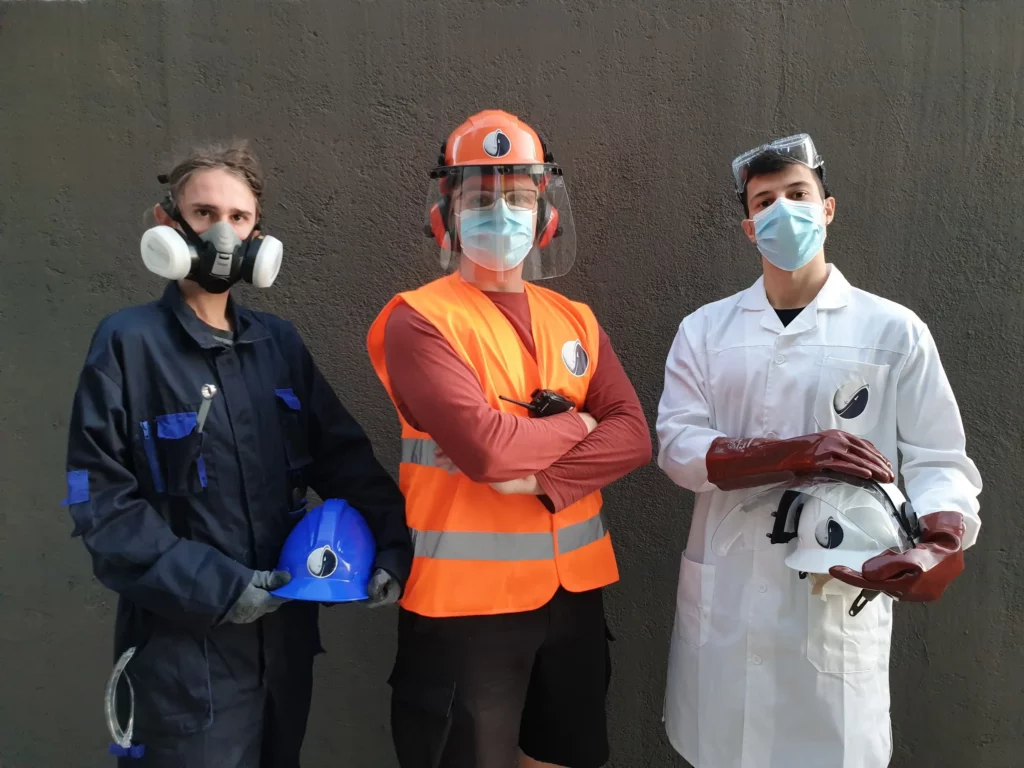
Rocketry is undeniably a dangerous occupation, even at a university level. It combines two parameters that are indeed a dangerous mix, the first being the delivery and management of high amounts of energy and the second the short processing time. Since our team is focused on research and applies experimental methods (tests, use of hazardous […]
Recovery

Most high-power rockets need two parachutes for their recovery. The first one is called drogue parachute and it produces the initial deceleration, whereas the second one, the main parachute, helps the rocket achieve its desired ground-hit velocity. Before designing the parachutes, specific research needs to be conducted to select the right materials, the fabric (ripstop […]
Payload
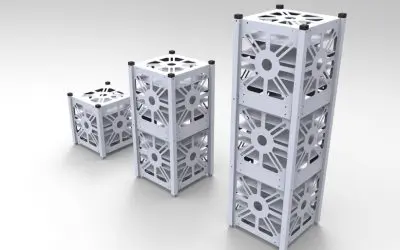
The payload defines the mission of the rocket. It can be anything from a scientific experiment and a communication device to the most valuable payload that has been carried by rocket into space, which is a human being. The Payload subsystem is responsible for the implementation of a payload that will take advantage of the […]
Avionics
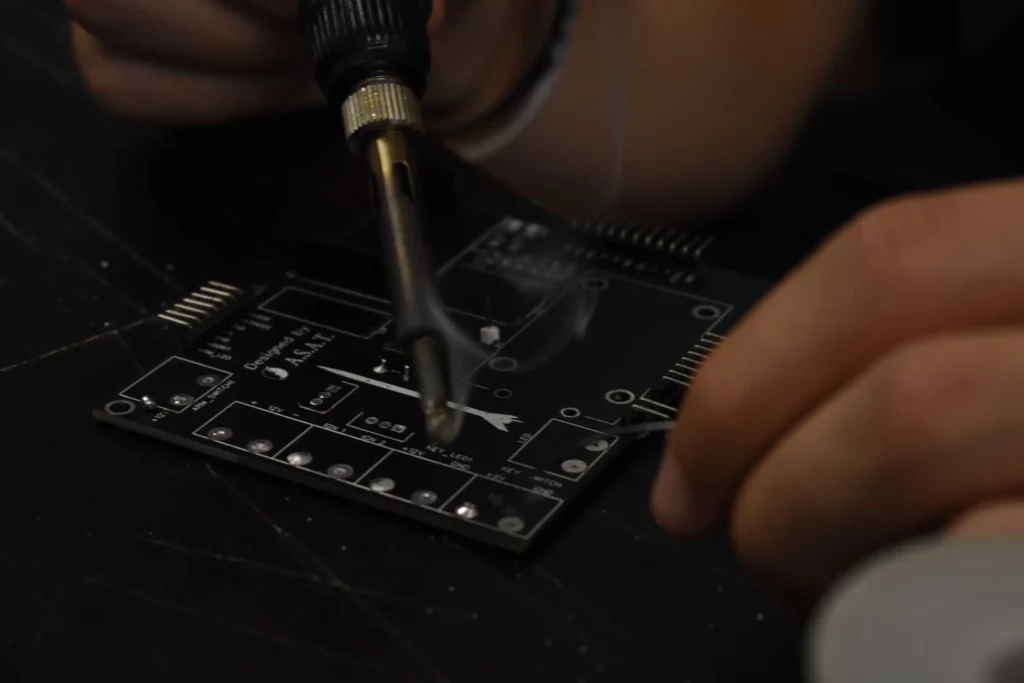
The Avionics subsystem is responsible for the rocket’s electronics design, testing, and programming. The members mostly focus on the recovery electronics, that consist of: It operates in an STM32 environment, gathering altitude, acceleration, and orientation data from multiple sensors to accurately determine the rocket’s position. Once the apogee is detected, an event is triggered that […]
Aerodynamics
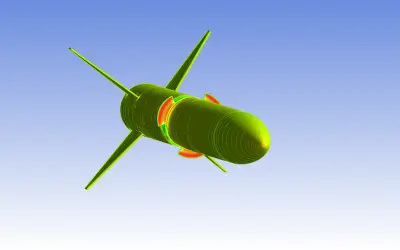
The Aerodynamics subsystem specializes in the design of the aerodynamic parts and the trajectory analysis of the rocket. To achieve the best possible results, the subsystem develops its own tools that are based on existing computing resources or new methods that optimize the aerodynamics properties of the rocket, perform CFD analysis, and multiple types of […]
Structural

General In the structural subsystem, the team members are responsible for the design, analysis and construction of every part of what will eventually be used in the final rocket. Every rocket is an assembly that consists of several sub-assemblies and parts. Each one of those parts, is designed and manufactured with a different method and […]
Propulsion
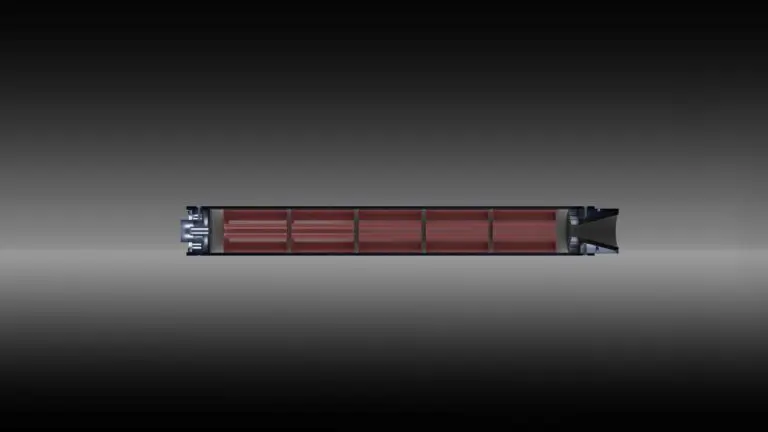
The Propulsion subsystem is in control of the rocket’s propulsion system. It is therefore involved in the development of code for simulating both the motor’s as well as the rocket’s performance, the manufacturing of solid propellant, and, lastly, the design and manufacturing of rocket motors. In the pursuit of reaching a given altitude with great […]

